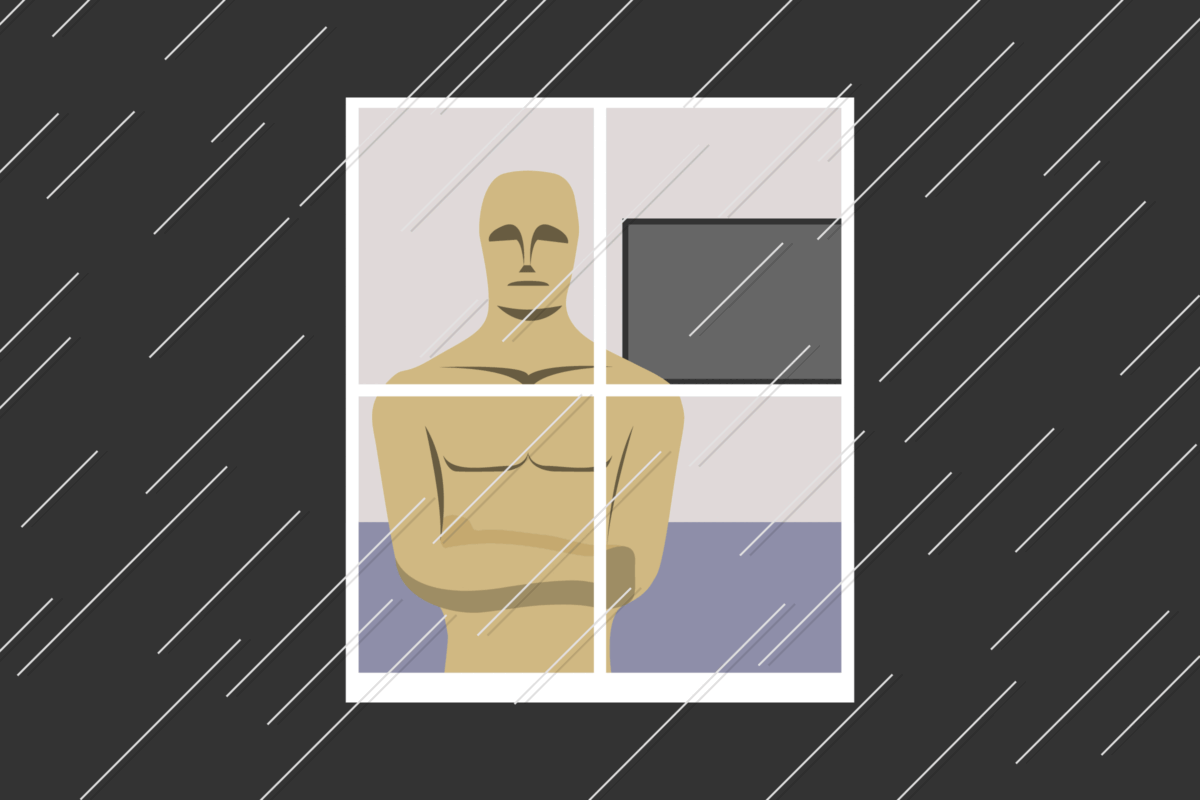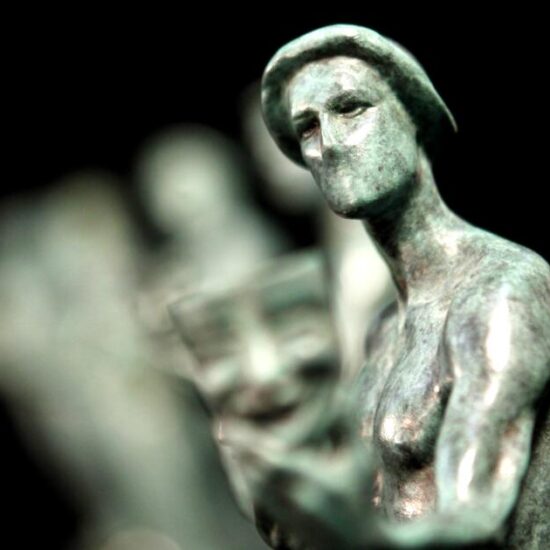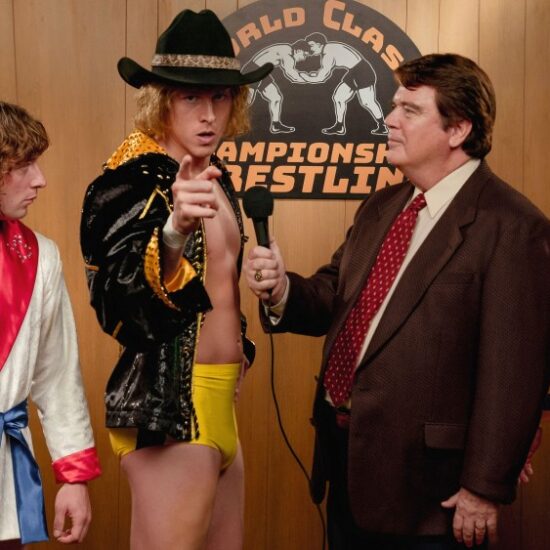
You could be forgiven for thinking some of this year’s Academy Award best picture nominees were shot in black and white. They were not.
But several of the entries, even the excellent ones, look drained.
There’s the sorrowful grayscale of both the engrossing “Women Talking” and the despairing “All Quiet on the Western Front” — palettes that might be called bloodless, except that, in these violent and at times grisly films, black blood pours liberally from grayish gashes in cadaverous flesh.
And the clouds don’t just hang heavy over the war-is-hell movie set in the corpse-choked German trenches (“All Quiet”) or the movie about the voluble Mennonite women trapped in a community of prolific rapists who use livestock tranquilizers on their victims (“Women Talking”).
Low, sad light suffuses the lighter fare too. In “Triangle of Sadness,” a cool satire about influencers and projectile seasickness, no lightbulb seems to blaze more brightly than 40 watts. (Real-world tragedy also affected “Triangle” last year, when its radiant star, Charlbi Dean, died suddenly at 32, just months after the film won the Palme d’Or at the Cannes Film Festival.)
Even Steven Spielberg’s autobiopic “The Fabelmans,” while nobody’s idea of a downer, spends long stretches in darkened movie theaters.
Visually muted, many of these films are also thorny in ways that don’t say date and popcorn; they say couch, Netflix and drizzly, contemplative afternoons. They’re gloomy — and, like moody teenagers, also difficult.
As a story about heartbreak — and terrible self-harm — in a male friendship, “The Banshees of Inisherin” is also largely deprived of color. Set on a fictional Irish island, it doesn’t stint on green, but much of it is the color of a pint of stout.
“Tár,” about the demise of an ethically gnarly conductor played by Cate Blanchett, is suffused with stylish navy and taupe. The conductor’s cerebral pursuits, complicated interior life and international dangerous liaisons will be relatable to precisely no one, unless you’re Sylvia Plath or maybe Virginia Woolf.
These “small” brainy films are the nominees that gave this year’s Academy Awards a reputation for featuring a raft of movies that no one saw. Indeed, “Tár” and “Women Talking” have generated more critical disquisitions than packed theaters.
But then there are the big four — the flamboyant blockbusters that needed no critical disquisitions. Their vampy colors are set off against the murk of the other nominees like comets against smog.
“Top Gun: Maverick,” “Avatar: The Way of Water,” “Elvis,” and “Everything Everywhere All at Once” were almost shockingly successful with moviegoers. And though they’re heavy on circus hues, sunshine and bright skies, the movie business has treated them not as stock Hollywood stuff but as saviors. Spielberg even credited “Top Gun: Maverick” with saving “the entire theatrical industry” after the pandemic.
Indeed, the Tom Cruise film grossed $1.5 billion globally last summer. “Avatar: The Way of Water,” the James Cameron extravaganza released in December, has grossed more than $2 billion.
Meanwhile, the wacko breakout “Everything Everywhere All at Once” made more than $100 million around the world and Baz Luhrmann’s “Elvis” doubled that.
These films imagine audiences that want to be transported, that balk at movies that seem like homework. All four helped mollify, for now, the fear that movie theaters have been entirely vanquished by streaming services.
In a roundabout way, all the best picture nominees seem to offer an outline for a new Hollywood taxonomy. The categories aren’t hard and fast, but what were once considered commercial films — blockbusters for a global audience — are now better described as theater films, made to transfix audiences in a single room as they laugh, cry and Raisinet together. Their palettes should be vivid and their plots transporting.
The more challenging films, by contrast, are now streaming films, made to be watched in the lonely hours, with breaks to get snacks and think over hard scenes, offering more complexity and less eye candy. The bed and the the laptop are now the art house, with pillows on hand to cry into.
I suspect the theater films will also be lighter on German than the streaming art pics.
It’s a real oddity of the 2023 list — how much German is spoken. “All Quiet on the Western Front,” of course, is entirely in German. In “Tár,” the American conductor lives mostly in Berlin, and speaks German fluently, and often. And in “Triangle of Sadness,” Therese, a stroke survivor and a key character, can only repeat one phrase: “in den Wolken,” which means “in the clouds.”
Some viewers of “Triangle” have suggested that Therese’s phrase says something about the rich and their detachment from reality. But maybe clouds are just clouds.
In that case, perhaps Therese is talking about overcast skies, art films and their casts of sullen soldiers, unhinged conductors, miserable Mennonites and influencers in tears.
Virginia Heffernan is a regular contributor to Wired, the author of “Magic and Loss: The Internet as Art,” and a podcast host. @page88 virginiaheffernan.substack.com












